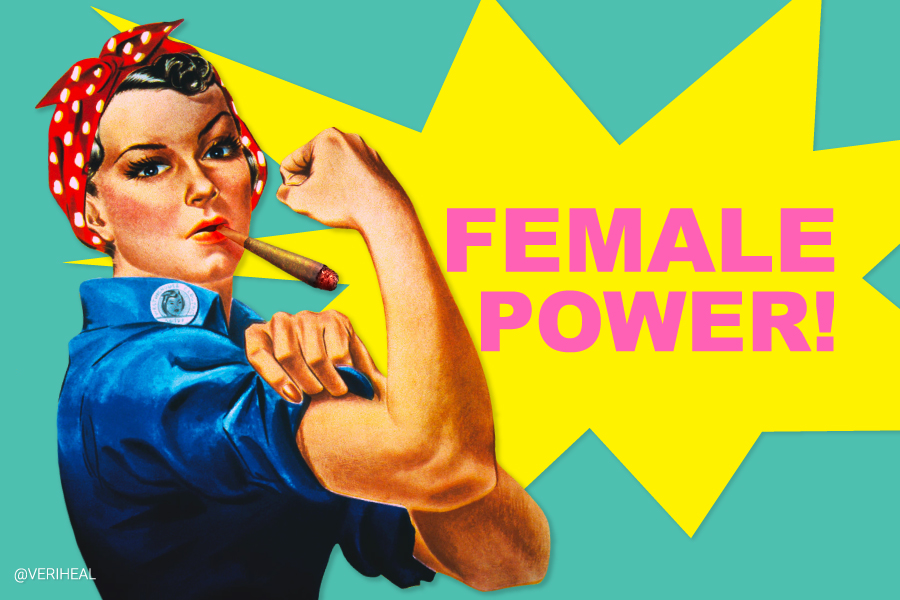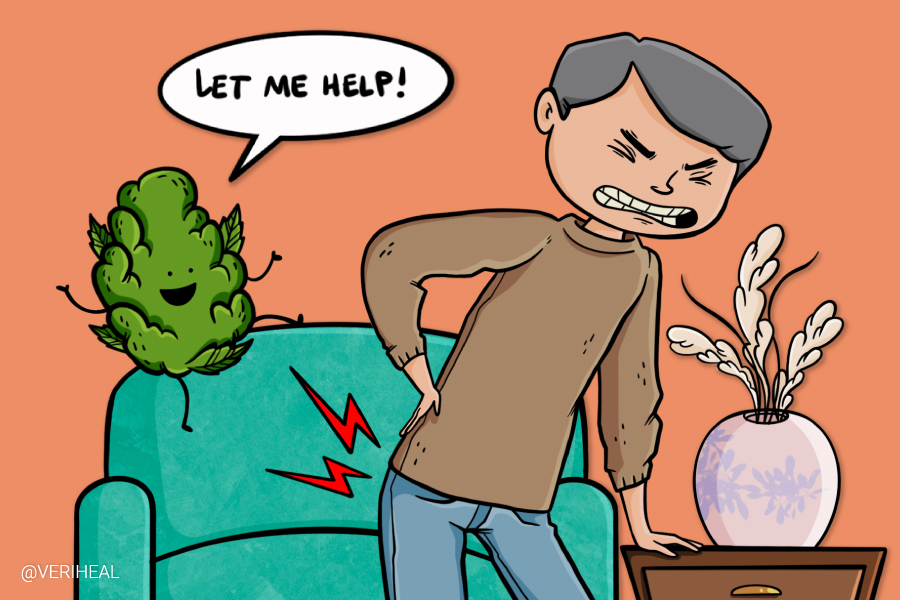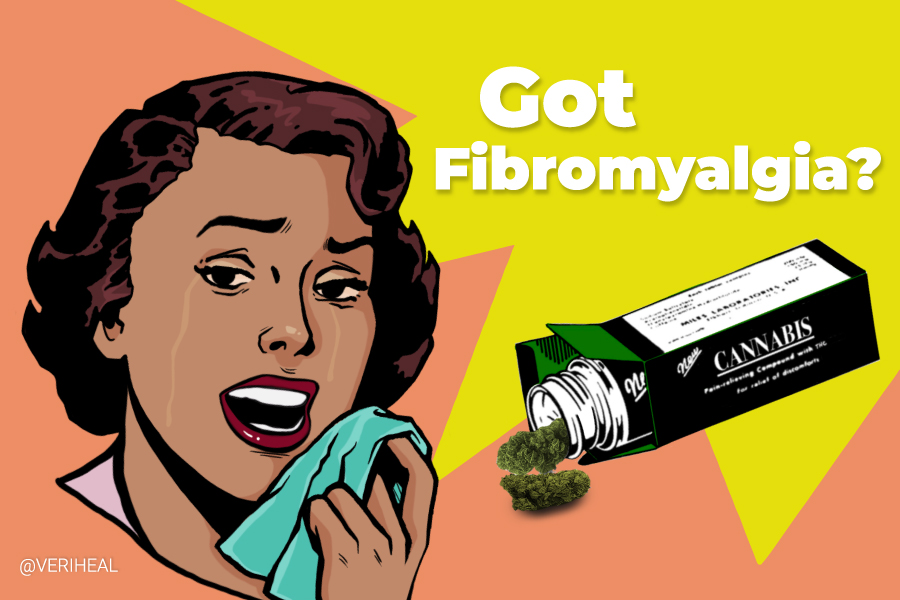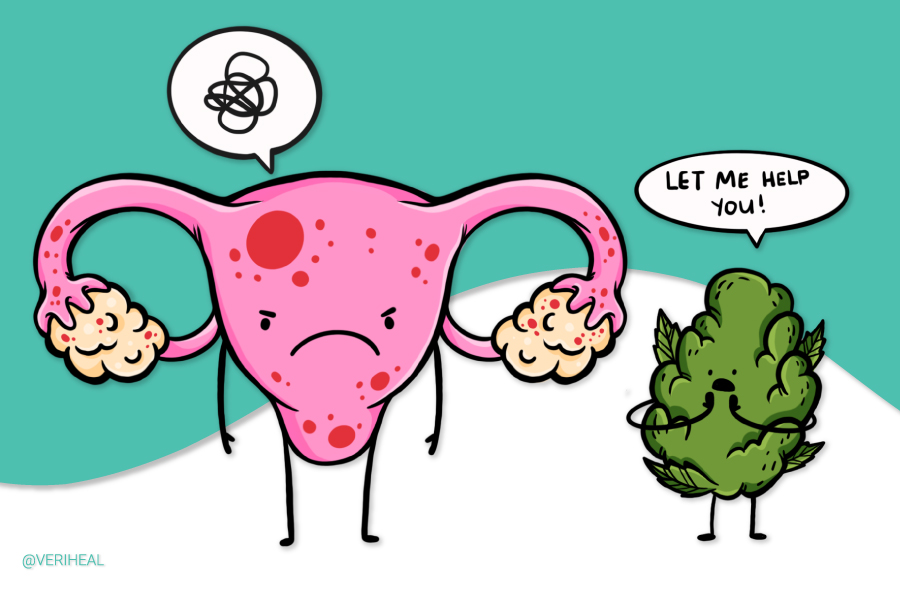Cannabis May Be a Treatment Option for Interstitial Cystitis
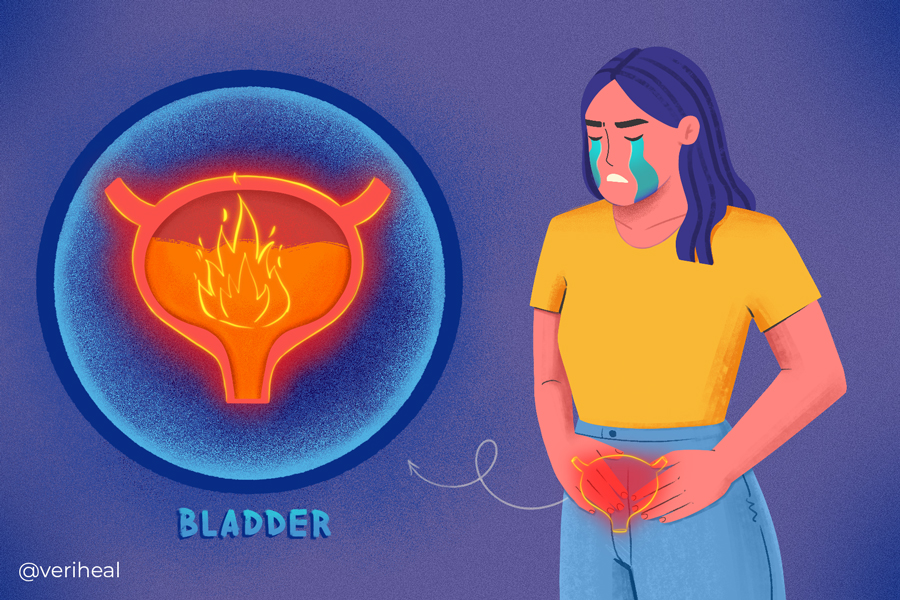
- Considerations for Using Cannabis for Interstitial Cystitis
- Recommendations for Relieving Bladder Pain with Cannabis
- The Different Types of Interstitial Cystitis
- What Interstitial Cystitis Patients Think of Cannabis
Even though Interstitial Cystitis (IC), a very painful bladder disease, is not specifically named on state medical marijuana card requirements, many patients are able to get relief from cannabis. Many states do list persistent muscle spasms and chronic pain as qualifying medical conditions, which are the major symptoms of interstitial cystitis. However, an individualized consultation with a qualified physician is necessary to make an appropriate determination.
According to the Interstitial Cystitis Association (ICA), IC patients have a higher chance of developing irritable bowel syndrome (IBS), endometriosis, vulvodynia, fibromyalgia, pelvic floor dysfunction, and migraines (6), with many of these disorders also qualifying for a medical marijuana card.
Considerations for Using Cannabis for Interstitial Cystitis
Since there is not much research about the delivery methods of cannabis when it comes to IC, it is important to talk about smoking. Smoking it is typically the primary delivery method that patients with IC choose, but it is important to be cautious. Much like smoking cigarettes, smoking the plant can irritate the bladder and cause other health problems (4).
Another promising method for using marijuana for bladder and pelvic pain for women is to use it vaginally in lubricants or vaginal suppositories. A woman’s reproductive tract is lined with mucosa and CB2 receptors of the endocannabinoid system (ECS) that can quickly absorb cannabis (7). However, the long-term and reproductive effects of cannabinoids are still unknown.
Both CB1 and CB2 receptors in the ECS can be found in the cells that make up the bladder, making marijuana a good potential treatment option for bladder pain as seen in animal studies that mimic IC and bladder pain (9).
By successfully activating the CB2 receptors, researchers were able to reduce bladder inflammation, indicating that the CB2 receptor is a potential pathway for reducing bladder pain in humans (9).
In another study, researchers were able to reduce both bladder inflammation and urinary frequency in mice through the activation of the CB2 receptors (10). This supports the need for similar studies in humans.
For more information on how CB2 receptors and the ECS works, please see our page on endocannabinoids here.
Recommendations for Relieving Bladder Pain with Cannabis
According to Dr. Curtis Nickel, a urologist—who prescribes cannabis for urologic chronic pelvic pain—vaping, tinctures, and edibles are all considered preferential to his patients and are easier to measure dosages with over smoking it. He generally recommends starting “low and go slow” and that patients start with a 1:1 ratio of CBD to THC. He encourages patients to carefully experiment with dosing to get the desired effect (3). Δ9-tetrahydrocannabinol (THC) and cannabidiol (CBD) are the two most popular cannabinoids, or chemical compounds, found in marijuana.
Dr. Nickel cites the following as average dosages to work up to depending on the individual (3):
- Average doses of smoking and vaporizing is 1-3 g total per day
- A 10 mg dose of either THC or CBD is reasonable. Patients can start with 10 mg and then increase by increments of 5mg.
- Patients are advised to make their own edibles to control the concentration
- Oils are the most potent form of marijuana, and it is recommended not to exceed the equivalent of 1g of decarboxylated (or activated) oil a day
Dosage is particular to individual biology and other factors. Therefore, it is strongly recommended to speak with your doctor before trying medical marijuana for IC or other conditions. The doses above do not reflect beginning doses for most patients, but serve as potential guidelines of ideal doses. It is best to start with smaller doses and work yourself up to larger doses in order to minimize psychoactive effects.
There is no cure for IC, but there are many medications, including medicinal marijuana that may help reduce IC symptoms. Many of these symptoms below show anecdotally positive results from medicinal marijuana use, but they haven’t been researched directly in relationship to IC (4). A small, informal survey done by the Interstitial Cystitis Network (ICN) shows that several IC patients reported varied relief from the following (4):
- Muscle spasms
- Pain
- Muscle tension
- Pain during sexual intercourse
- Urgent and frequent urination
- Improvements in sleep
- Anxiety relief
- Nausea
- Calm IC flare-ups
It is very important to speak with the doctor or health care provider treating your IC or bladder pain, because of the complexity of making and managing the diagnosis, and because the huge variety of medications prescribed may cause drug interactions with cannabidiol (CBD) and cannabis products purchased at a dispensary. You should never delay medical care, self-diagnose, or self-treat any condition, especially painful ones. Marijuana may also carry other side effects and unknown, long-term risks. Other relevant considerations from the ICA can be found here (3).
The Different Types of Interstitial Cystitis
A common misconception about Interstitial Cystitis is that it only affects women, and that could not be further from the truth—with 1 to 4 million men diagnosed with the disease. Many people who have IC have symptoms that began as children, but the numbers of children affected have not been studied (1).
Some people with IC have pelvic pain, bladder pressure, urinary urgency, and urinary frequency at all times, while for others, these symptoms come and go from day-to-day or month-to-month (6). Because these symptoms vary so much in everyone, a few different types of IC have been discovered, in addition to end stage IC (8):
- Non-ulcerative IC: Patients have pinpoint hemorrhages, also known as glomerations, in the bladder walls. They do not experience bleeding, but still have bladder pressure and pain.
- Ulcerative IC: Five percent of patients have this form of IC that is characterized by Hunner’s ulcers, which are distinctive, red areas of inflammation on the bladder wall that bleed.
- End stage IC: End stage IC is characterized by persistent symptoms lasting more than two years, and patients typically have hard bladders from the inflammation. Having a hard bladder means that these patients have smaller bladder capacity and extreme pain.
What Interstitial Cystitis Patients Think About Cannabis
According to Jill Osborne, the founder of the Interstitial Cystitis Network (ICA), patients using their network have achieved promising results from using cannabis to improve their pain and decrease urinary frequency. The ICA also conducted a survey about patients using it to treat their IC.
“Interstitial cystitis and pelvic pain patients have used medical marijuana for years. Several years ago, we did a study on MMJ and IC with 492 patients reporting that they have used it. 17% reported that it resolved their symptoms completely, while 64% reported that it reduced their symptoms by 50%. It improved frequency and urgency for 80% of patients. It was most effective for pain management…with 32% reporting that their pain resolved while using it. Most used it daily or weekly. 92% say that they will continue to use it,” Osborne said (4).
Note: Veriheal does not intend to give this as professional medical advice. Do not attempt to self-diagnose or prescribe treatment based on the information provided on this page. Always consult a physician before making any decision on the treatment of a medical condition.
1. Interstitial Cystitis Association 4 to 12 Million May Have IC. (2020, April 28). Retrieved November 24, 2020, from https://www.ichelp.org/about-ic/what-is-interstitial-cystitis/4-to-12-million-may-have-ic/.
2. Medical Marijuana. (2015, May 26). Retrieved November 24, 2020, from https://www.ichelp.org/diagnosis-treatment/treatments/ic-diet-self-management/medical-marijuana/.
3. Nickel J. C. (2018). Medical marijuana for urologic chronic pelvic pain. Canadian Urological Association journal = Journal de l’Association des urologues du Canada, 12(6 Suppl 3), S181–S183. https://www.ncbi.nlm.nih.gov/pmc/articles/PMC6040614/.
4. Osborne, Jill. (2017, January 31). Is It Time to Consider Medical Marijuana for Bladder & Pelvic Pain? Retrieved November 24, 2020, from https://www.ic-network.com/is-it-time-to-consider-medical-marijuana-for-bladder-pelvic-pain/.
5. Rahnama’i, M. S., Javan, A., Vyas, N., Lovasz, S., Singh, N., Cervigni, M., Pandey, S., Wyndaele, J. J., & Taneja, R. (2020). Bladder Pain Syndrome and Interstitial Cystitis Beyond Horizon: Reports from the Global Interstitial Cystitis/Bladder Pain Society (GIBS) Meeting 2019 Mumbai – India. Anesthesiology and pain medicine, 10(3), e101848. https://pubmed.ncbi.nlm.nih.gov/32944561/.
6. Symptoms of IC – Interstitial Cystitis Association. (2020, April 28). Retrieved November 24, 2020, from https://www.ichelp.org/about-ic/symptoms-of-ic/.
7. Walker, O. S., Holloway, A. C., & Raha, S. (2019). The role of the endocannabinoid system in female reproductive tissues. Journal of Ovarian Research, 12(1). doi:10.1186/s13048-018-0478-9.
8. What is Interstitial Cystitis (IC)? (2020, May 11). Retrieved November 24, 2020, from https://www.ichelp.org/about-ic/what-is-interstitial-cystitis/.
9. Wang, Z., Wang, P., & Bjorling, D. E. (2013). Activation of cannabinoid receptor 2 Inhibits Experimental cystitis. American Journal of Physiology-Regulatory, Integrative and Comparative Physiology, 304(10). https://journals.physiology.org/doi/full/10.1152/ajpregu.00585.2012.
10. Liu, Q., Wu, Z., Liu, Y., Chen, L., Zhao, H., Guo, H., Zhu, K., Wang, W., Chen, S., Zhou, N., Li, Y., & Shi, B. (2020). Cannabinoid receptor 2 activation decreases severity of cyclophosphamide-induced cystitis via regulating autophagy. Neurourology and urodynamics, 39(1), 158–169. https://pubmed.ncbi.nlm.nih.gov/31729056/.



